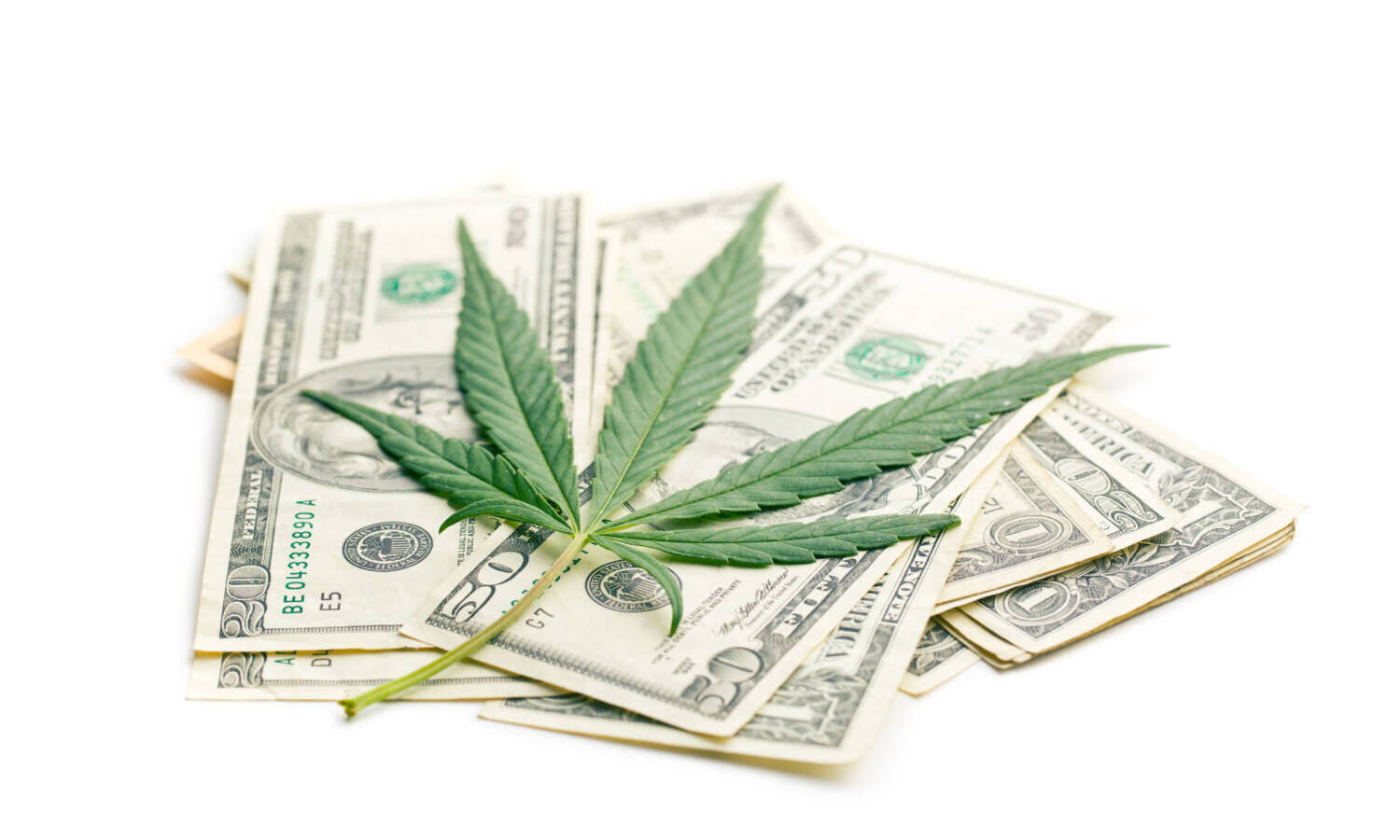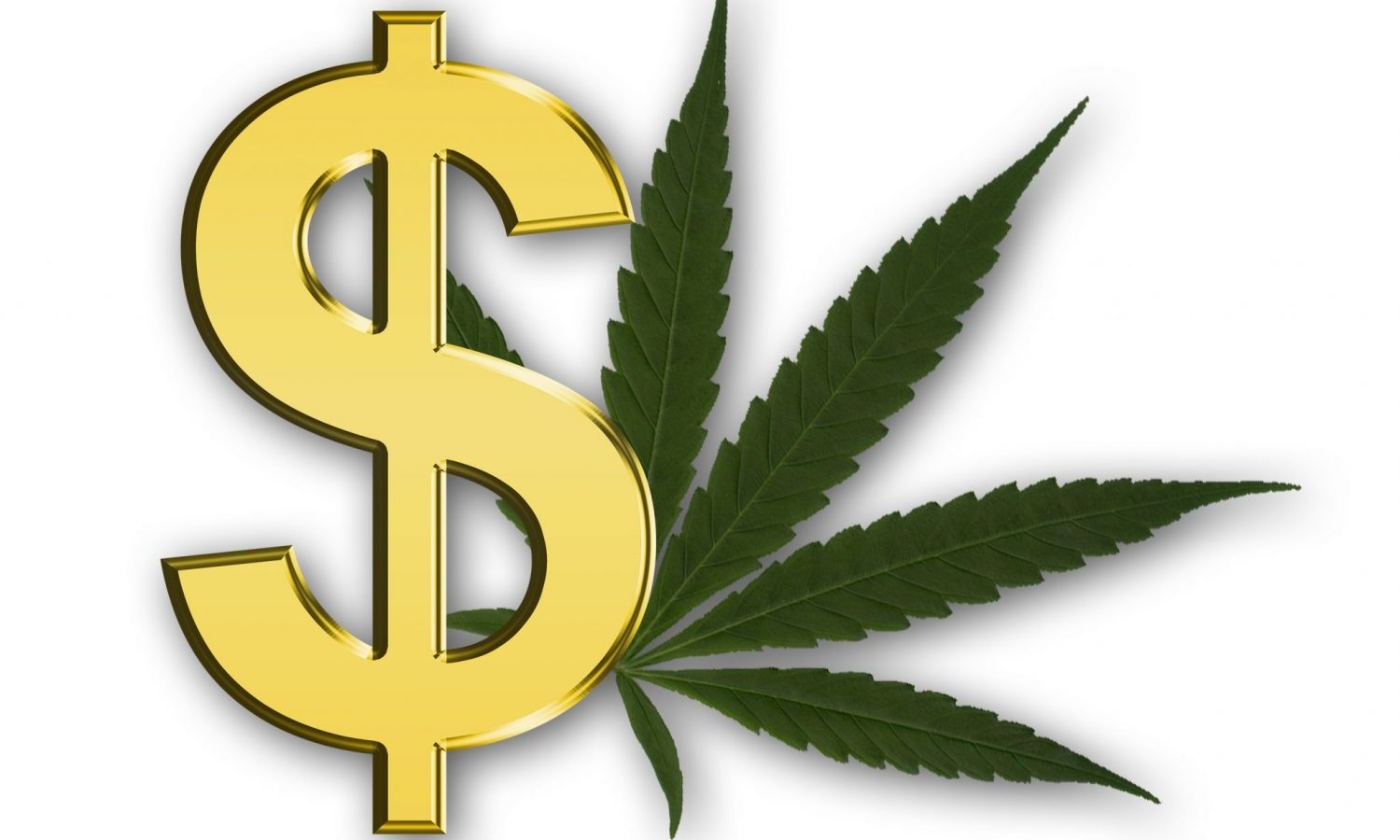
Where do weed taxes go? The answer depends on where you are
Due to the ongoing US federal ban on cannabis, states must implement their own regulations and various excise and sales taxes. Excise taxes in many western US states tend to be 15%, while others like Washington charge 37%.
Additional fees may apply in the form of additional council taxes, grow rates per ounce, potency, and other measures depending on regulations.
Cannabis markets typically see varying levels of success with the revenue they generate and where the money goes.
How states tend to allocate tax revenues from cannabis
“Most states use their cannabis tax revenues for various public health and safety, education, and social justice programs,” said Laura Bianchi, partner at cannabis law firm Bianchi & Brandt.
Funds also often go to programs to combat drug abuse and the effects of the drug war.
“Programs that provide transparency to the public, including a clear understanding of how such revenue is being used and applied, are essential,” Bianchi said. “Tax models that track the use and impact of these funds are also important, both from a public policy, community support, and efficiency perspective.”
States also need to balance the benefits of cannabis taxes without making the illicit market attractive to consumers, she says.
RELATED: Cannabis legalization is a boon to real estate, new jobs and tax revenue, new data shows
Funding is allocated to education, the city, police, and state health agencies in Oregon, but not to social justice reform.
“You’re seeing more states writing this into their legalization statutes,” said Kendra Freeman, co-founder and chief product officer of Portland, Oregon-based CBD brand Mendi. Illinois and Michigan have more robust social justice plans, she added.
Photo by Hillary Kladke/Getty Images
police funding
Freeman is among those in the cannabis community who say that while the war on drugs and arrest inequalities continue, the money shouldn’t be poured into the police force.
“Cannabis was made illegal to keep BIPOC in poverty and keep them locked up,” Freeman said. “We have a lot of work ahead of us to unravel that.”
Feeling empathetic, Bianchi said the way was uncut and dry.
“Unfortunately, I don’t think a simple yes or no is appropriate,” she said. The legal partner referred to the specific needs of each state.
RELATED: These states have the highest cannabis sales taxes in America
“If a state has a population of people disproportionately affected by marijuana criminalization, then it might be worth allocating a portion of the proceeds to police education and training,” Bianchi said.
While Bianchi understood the potential need for police funding, he said the process begins with targeted education, training and community involvement.
 Photo by Rex_Wholster/Getty Images
Photo by Rex_Wholster/Getty Images
Uniform tax code prospects
The fragmented cannabis market often leads to calls for standardization, usually via state legalization.
Such calls for standardization typically support reform legislation such as the MORE or SAFE banking laws. However, a unified tax code for the market is not uniformly well received or appears to be feasible in the near future.
“Consistency in the cannabis industry would be great. However, that’s something we probably won’t see until federal legalization and permitting interstate commerce is possible,” Bianchi says, adding that a unified code would be needed at that point to avoid double taxation.
First published: October 12, 2020.
This article originally appeared on Benzinga and has been republished with permission.

Post a comment: